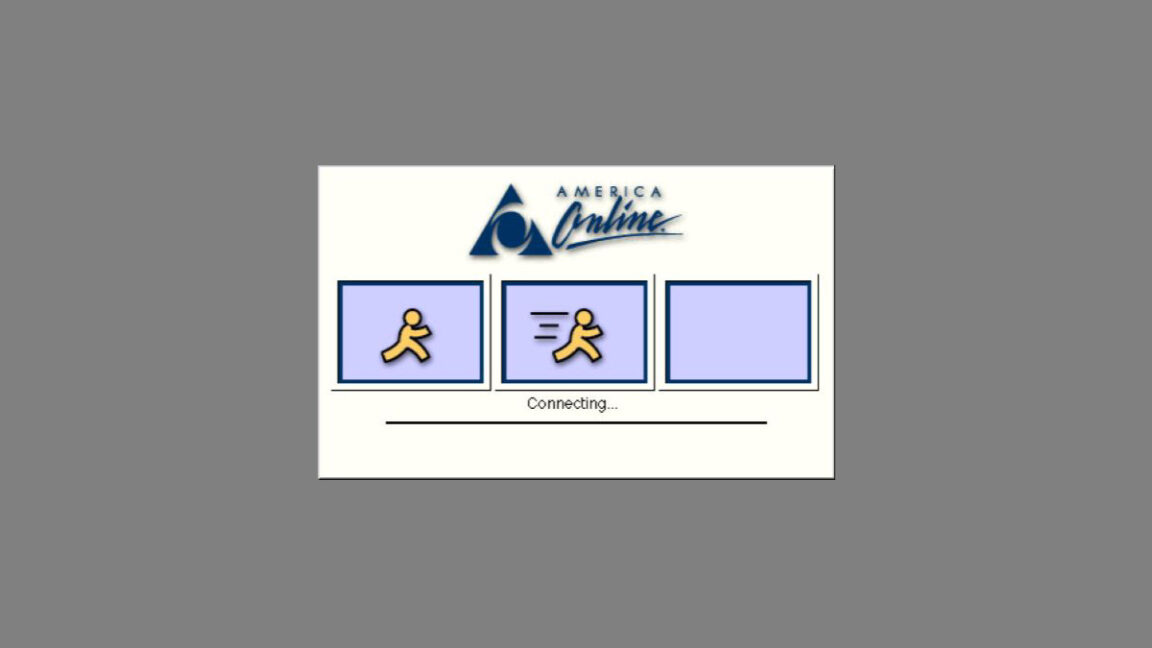After 34 years of connecting Americans to the Internet through phone lines, AOL recently announced it is shutting down its dial-up modem service on September 30, 2025. The announcement marks the end of a technology that served as the primary gateway to the World Wide Web for millions of users throughout the 1990s and early 2000s.
AOL confirmed the shutdown date in a help message to customers: “AOL routinely evaluates its products and services and has decided to discontinue Dial-up Internet. This service will no longer be available in AOL plans.”
AOL’s dial-up service launched as “America Online” in 1991, when the Internet consisted primarily of text-based content, although its dial-up roots extend back to a service launched in 1985 called Quantum Link for Commodore computers. For the next few years, as the World Wide Web emerged, websites were measured in kilobytes, images were small and compressed, and video was essentially impossible. The service grew alongside the web itself, peaking at over 20 million subscribers in the early 2000s before broadband adoption accelerated its decline.
Along with the dial-up service, AOL announced it will retire its AOL Dialer software and AOL Shield browser on the same date. The dialer software managed the connection process between computers and AOL’s network, while Shield was a web browser optimized for slower connections and older operating systems.
According to 2022 US Census data, approximately 175,000 American households still connect to the Internet through dial-up services. These users typically live in rural areas where broadband infrastructure doesn’t exist or remains prohibitively expensive to install.
For these users, the alternatives are limited. Satellite Internet now serves about 2 million–3 million US subscribers split between various services, offering speeds far exceeding dial-up but often with data caps and higher latency. Traditional broadband through DSL, cable, or fiber-optic connections serves the vast majority of US Internet users but requires infrastructure investments that don’t always make economic sense in sparsely populated areas.
The persistence of dial-up highlights the ongoing digital divide in the United States. While urban users enjoy gigabit fiber connections, some rural residents still rely on the same technology that powered the Internet of 1995. Even basic tasks like loading a modern webpage—designed with the assumption of broadband speeds—can take minutes over a dial-up connection, or sometimes it doesn’t work at all.

